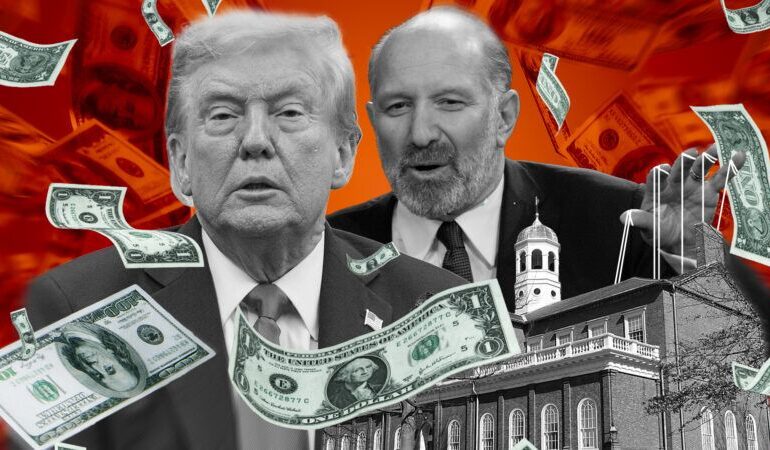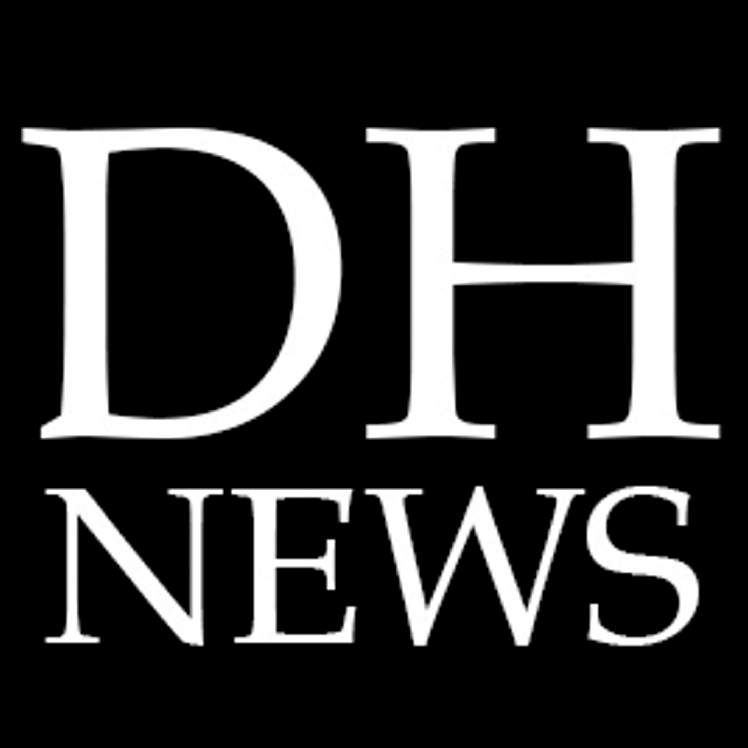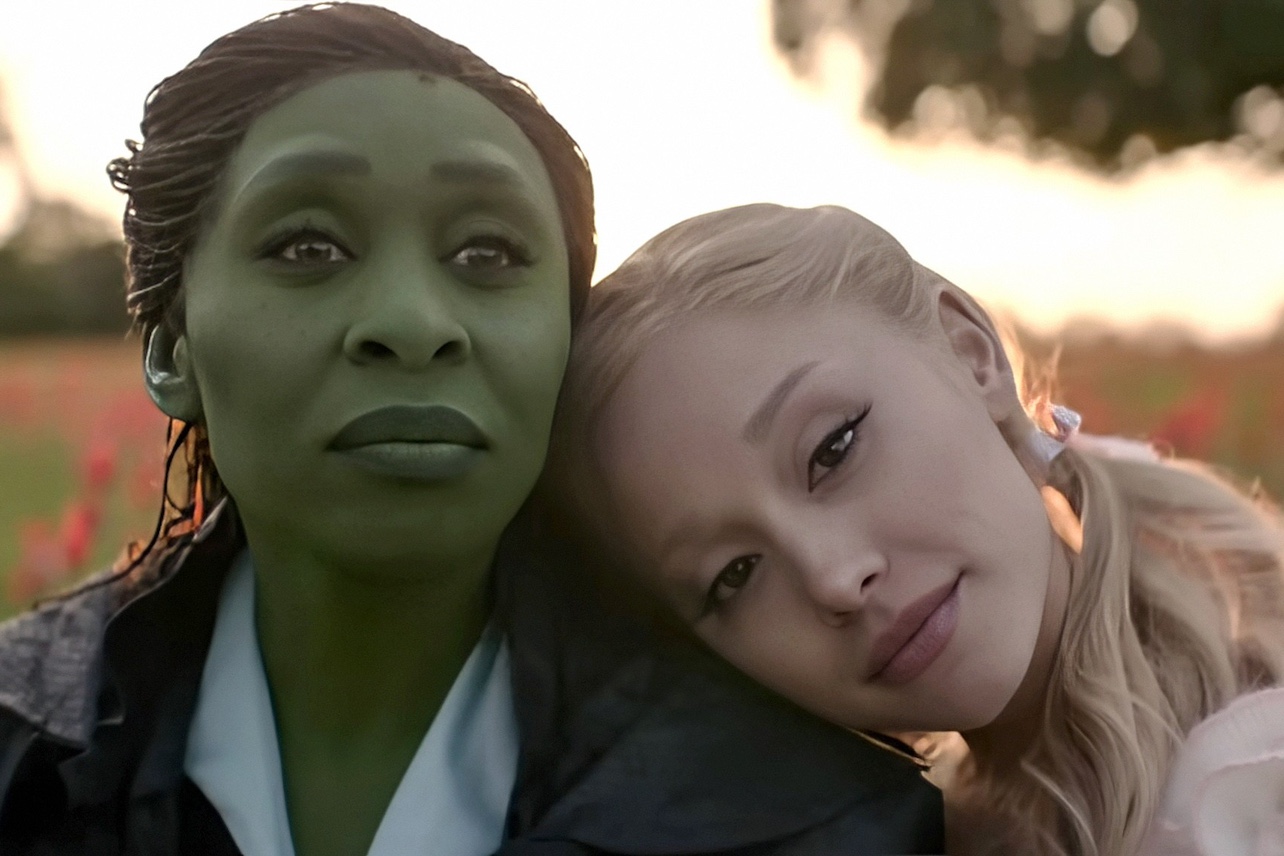Trump Administration Targets University Patent Royalties Amid Funding Debate

The Trump administration is intensifying its scrutiny of university-funded research by seeking a share of the royalties generated from patents developed with federal funding. During a recent Cabinet meeting, Commerce Secretary Howard Lutnick stated, “We are going to make a deal with them all,” emphasizing the administration’s desire to ensure taxpayers benefit from their financial contributions to higher education. In 2023 alone, the federal government allocated approximately $60 billion for research and development in universities.
Lutnick’s remarks come in the wake of a letter sent to Harvard University, demanding compliance with the Bayh-Dole Act by September 5, 2023. The Act allows universities to patent inventions that stem from federally funded research but includes “march-in rights,” which permit the government to seize control of these patents if universities do not comply with specific requirements. This approach is unprecedented; the government has never exercised these rights according to Bloomberg Law.
Critics, including Stephen Ezell, vice president for global innovation policy at the Information Technology and Innovation Foundation (ITIF), warn that invoking march-in rights could undermine the original intent of the Bayh-Dole Act. Ezell argues that if companies perceive a high risk of government intervention, they may be less inclined to collaborate with universities on licensing technologies.
The Bayh-Dole Act, enacted to promote the commercialization of inventions from federally supported research, has had a significant impact since its introduction. Prior to its implementation, the government owned the rights to all inventions resulting from such research. Data shows that between 1996 and 2020, U.S. universities contributed $1.9 trillion to the country’s gross industrial output through technology transfers facilitated by the act.
Despite Lutnick’s assertion that the federal government deserves a cut of patent royalties, experts highlight that the government already benefits through corporate taxes and other revenue generated by commercialized technologies. Universities typically charge a modest 2 percent royalty on life sciences inventions, with proceeds earmarked for research funding and inventor rewards. Joe Allen, executive director of the Bayh-Dole Coalition, emphasizes that in 45 years, the act has not created additional bureaucracy or costs for taxpayers.
Concerns about government overreach are echoed by Allen, who points out that attempts to enforce royalty-sharing provisions were rejected due to concerns over the administrative burden. Lutnick’s recent statements have raised alarms among academic leaders who worry that his pronouncements could undermine confidence in collaborative research efforts.
The Trump administration’s push for a share of university patent revenues coincides with broader efforts to influence educational institutions on issues such as admissions practices and protections against antisemitism. This pattern illustrates how government funding can create political leverage, often leading to increased scrutiny and regulation of academic research.
The implications of the administration’s stance on patent royalties are significant. While the Bayh-Dole Act has facilitated increased innovation and commercialization of university research, the potential for government intervention raises questions about the future of university-industry partnerships. As the administration continues to exert pressure, the balance between public funding and academic freedom remains a contentious issue.






